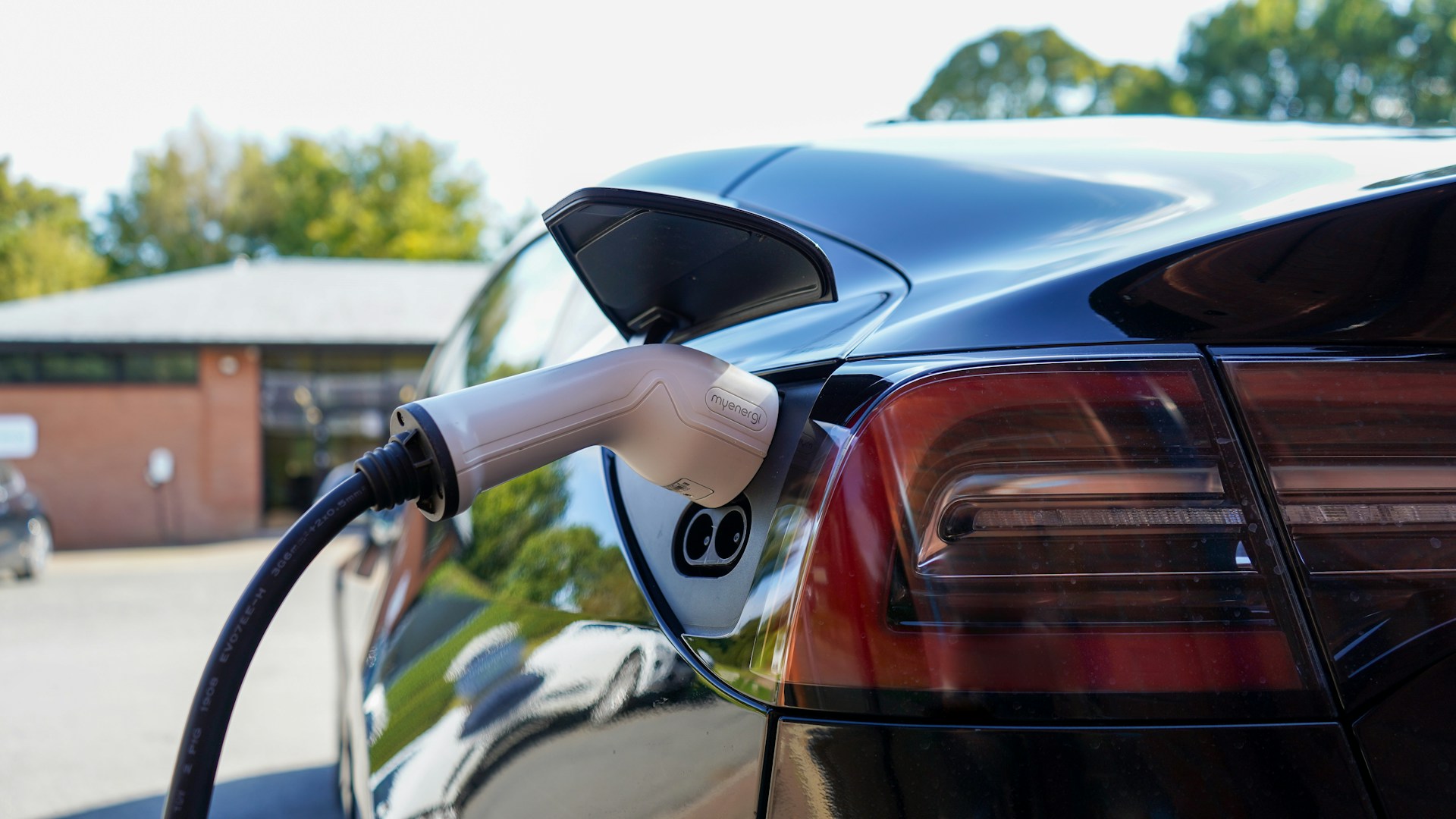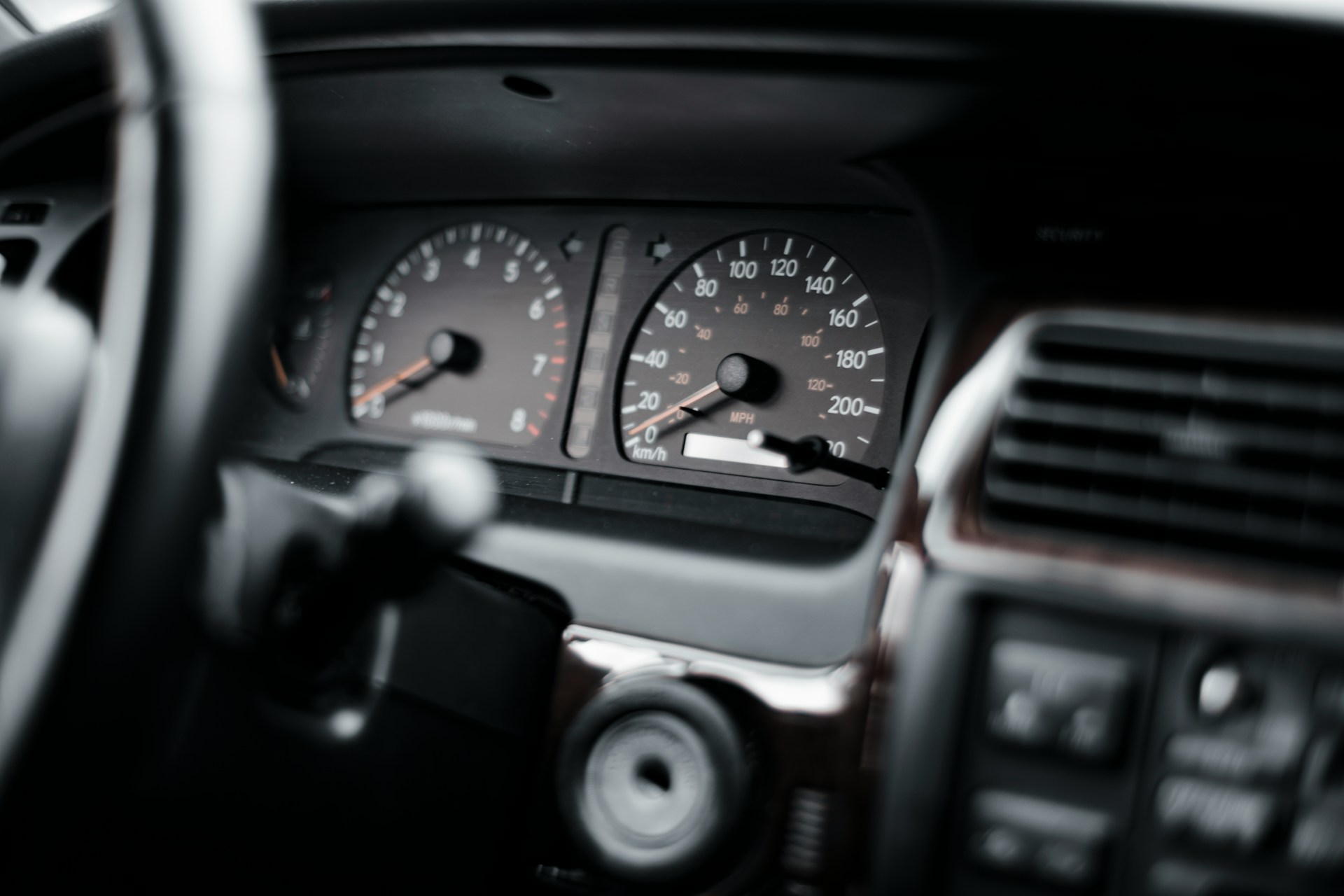Contents
Grasping the notion of vehicle depreciation is essential for personal and business decisions. You may be a business owner striving to claim vehicle depreciation. You also may be a taxpayer trying to minimize your personal value loss. Being aware of how to calculate vehicle depreciation can save you thousands. Learn how to deduct expenses and track mileage for business use. The following recommendations describe basic depreciation concepts and advanced deduction calculation methods.
What Does Car Depreciation Mean?
Car wearout implies a gradual value loss. It occurs as a vehicle ages and accumulates mileage. Thus, when buying a new truck or car, you’ve paid not only the purchase price. It also includes fees and sales tax. The vehicle immediately starts to depreciate. Most vehicles lose 20-30% of their value during the first year. This wearout continues throughout the recovery period, though the rate typically slows in later years.
Factors That Impact Car Depreciation
Some key aspects influence how quickly a vehicle loses its value. You can save money on taxes; no matter whether you use your car for business purposes or personal purposes. Here are these factors:
- Make and Model Reputation: Some models hold their value better than others. Thus, Japanese brands typically show lower depreciation rates.
- Mileage and Condition: An above-standard mileage rate and poor maintenance accelerate wearout, while documented service history can help maintain value.
- Market Trends: Fuel prices, economic conditions, and shifting consumer preferences affect depreciation rates.
- Vehicle Type and Features: Luxury vehicles often depreciate faster, while practical trucks and SUVs may retain value better.
- Accident History: Any accidents or damage reported through VIN decoder services can significantly impact value.
- Color and Options: Popular colors and desirable features can help minimize wearout.
- Economic Factors: Market conditions, including clean title cars availability and trends at car auctions.
How to Calculate Car Depreciation (With Real-World Examples)

Straight-Line Depreciation
The straight-line depreciation method is applied to claim vehicle depreciation and deducting vehicle expenses. This method assumes your property loses value at a constant rate. When using the actual expenses method, subtract the estimated salvage value from what you paid, then divide by the years of expected maintenance. Remember: your total cost includes maintenance and depreciation.
Consider the example: you paid $30,000 for a new car with an estimated salvage value of $6,000 after five years. Your annual depreciation would be $4,800 ($30,000 – $6,000 = $24,000 ÷ 5 years). This straight-line depreciation method is particularly useful for business purposes and tax deduction calculations.
Double-Declining Balance Method
This accelerated depreciation method, similar to MACRS depreciation, recognizes that vehicles lose value faster during their first year. The MACRS principle calculates vehicle depreciation by applying a higher rate early in the recovery period. For example, from the purchase date, if your vehicle costs $30,000 and has a five-year useful life, first-year depreciation will be equal to $12,000.
The Sum-of-the-Years’ Digits Method
This method also provides higher deductions in earlier years but is less extreme than the declining balance approach. Beyond tracking mileage and actual expenses, this method helps perform tax deductions while reflecting realistic value loss. The rest of the calculations follow a decreasing pattern each year.
For a vehicle with a five-year life, add the digits 1+2+3+4+5=15. First-year depreciation would be 5/15 of the depreciable cost, second-year 4/15, and so on. This method helps maximize tax savings while reflecting realistic value loss.
Simple Ways to Minimize the Impact of Car Depreciation
You can significantly reduce the impact of wearout on your car. Beyond a standard mileage rate and fee management, here are proven strategies to help protect your investment:
- Regular Maintenance: Adhere to the manufacturer’s service schedule; keep records.
- Mileage Management: Do not exceed car mileage per year (the limit is 12,000-15,000 miles).
- Appearance Care: Preserve the car with regular washing, waxing, and interior cleaning.
- Avoid Modifications: Keep the vehicle stock unless you’re working with a restored car specialist.
- Timing Purchases: Buy slightly used vehicles to avoid an initial wearout hit.
- Documentation: Maintain service records and repair documentation.
- Storage: Protect your vehicle from environmental damage when possible.
The Best and Worst Time to Sell a Car Based on Depreciation Trends
Understanding market timing and actual expense method calculations can significantly impact your vehicle’s resale value. Factors like accumulated mileage and how much you’ve paid in maintenance affect the optimal selling time. Here’s a breakdown of optimal selling times based on depreciation analysis and SCA auto auction data, including the corresponding percentage:
| Age of Vehicle | Average Depreciation (Percentage) | Best Time to Sell |
| 1 year | 20-30% | Not recommended |
| 3 years | 40-50% | Good timing |
| 5 years | 60-70% | Optimal timing |
| 7+ years | 70-80% | Case-by-case |
The Hidden Impact of Car Depreciation on Loan and Lease Terms
Understanding vehicle depreciation is crucial when considering financing options. Beyond the straight-line depreciation method, lenders consider various factors, including property condition and recovery period. Many people focus solely on monthly costs without considering total actual expenses and depreciation impacts.
Lenders and businesses use wearout forecasts to calculate and set lease terms and loan conditions. This is why some vehicles have higher lease payments despite similar purchase prices – they’re expected to depreciate faster. Being aware of these factors can help you negotiate better terms and avoid being “underwater” on your loan.
Car Depreciation for Tax Purposes
How to Claim Vehicle Depreciation for Business Owners
Business owners can deduct vehicle depreciation using either the standard mileage rate or actual expense tracking. When calculating deductions using the MACRS method, you’ll need to document all costs including fuel and maintenance. Beyond traditional depreciation approaches, the straight-line calculation method might be preferable for some truck owners.
Section 179 Deduction
The Section 179 deduction determines special rules for business owners. They can claim significant tax benefits in the first year. The way car depreciation calculated affects your taxes depends on whether you use the vehicle for business or personal purposes. Always verify current fees and limits as of the purchase date with a tax professional to deduct unnecessary costs.
How Car Depreciation Will Change in the Next Decade
The Impact of EV Adoption

The impact of EV adoption and changing actual expense tracking requirements are reshaping traditional wearout patterns. Beyond standard mileage rate calculations, here’s how the EV revolution is changing vehicle value retention and property assessment methods
- Battery Technology: Battery life and replacement costs heavily influence EV depreciation rates.
- Infrastructure Development: Charging network expansion affects resale possibilities in different regions.
- Government Incentives: Tax credits and rebates impact both new and business-used EV values.
- Technology Advancement: Software updates and battery improvements can affect depreciation curves.
- Market Acceptance: Growing consumer confidence in EVs is stabilizing their depreciation rates.
- Impact on truck and commercial vehicle depreciation rates.
- Changes in MACRS depreciation guidelines for electric vehicles.
Autonomous Vehicles and Subscription Models
The emergence of self-driving capabilities and vehicle subscription services is fundamentally changing how we calculate depreciation. Traditional methods may become less relevant as ownership models evolve. Factors like software updates, sensor technology lifespan, and service subscription fees are becoming increasingly important in determining a vehicle’s future.
Summary
Understanding vehicle depreciation is essential for making informed decisions about car purchases and business use. From choosing the right depreciation strategy for taxes to minimizing value loss through proper maintenance, the impacts of depreciation touch every aspect of vehicle maintenance, including both individuals and business owners.
No matter whether you’re calculating depreciation for business purposes or personal financial planning. The key is to review all factors that affect value retention. As the automotive industry evolves, staying informed about depreciation trends becomes increasingly significant for both self-employed owners and businesses.
FAQ
In What Year Does a Car Lose the Most Value?
The steepest depreciation occurs in the first year of ownership, with most vehicles losing 20-30% of their value. This initial drop is most dramatic the moment a new vehicle leaves the dealership. The depreciation rate typically slows after the first year. However, it continues steadily through the recovery period.
What Is the Sweet Spot for Depreciation on a Car?
Consider both paid maintenance records and accumulated mileage when determining the optimal time to sell:
3-4 years old: Major depreciation has occurred, but significant useful life remains.
Certified pre-owned: These vehicles often offer the best balance of condition and price.
End of model year: Timing purchases with model year changes can yield better values.
Are Manual Transmission Cars Losing Value Faster Than Automatics?
Vehicles with manual transmission usually depreciate faster. This is due to declining demand. However, some sports cars and collectible models with manual transmissions may actually hold their prices.
Can a Car Depreciate More Than 100%?
A car’s market value cannot technically depreciate below zero. But, from an accounting perspective, it can become “worthless.” However, even vehicles with minimal market price retain some worth as scrap or parts.
From a business perspective, using a car depreciation calculator can help track the annual depreciation allowance and determine when the property has fully depreciated. Even when you can no longer deduct depreciation costs at the standard rate, the vehicle may still be valuable for business operations. Thus, pay attention to such a special depreciation allowance.
Can Car Depreciation Ever Stop?
Vehicle depreciation typically slows after 8-10 years, and while the rest of the value may seem minimal, proper maintenance and documented service records are crucial. Some vehicles might even qualify for modified deduction calculations in their later years.





